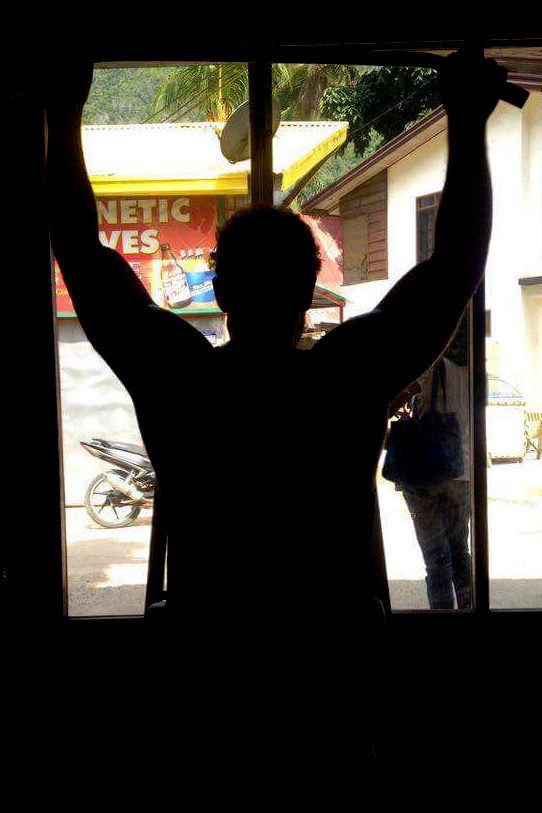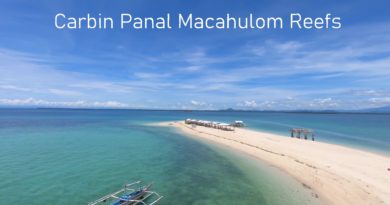Strength Training in the Philippine Countryside
So, I have been in the Philippines for 1 ½ years now, and I have managed to stay in shape; even better, I have improved my fitness. I have more or less maintained my strength, but lost more than 10kgs of bodyweight.
Doing lots and lots of dives certainly helped with the weight loss; Scuba diving is odd in the sense that it’s tiring and it burns energy, but it does not keep you fit. The energy burnt during dives goes more towards maintaining body temperature, I believe (that’s even true in tropical warm water). The actual fitness needs extra work on top of soaking in seawater!
What tips can I give you if you are in a place distant from fancy city fitness establishments with all their nice exercise machines and the high-tech supplements they sell at the reception?
- Improvise
In El Nido, where I am now, there is a really nice gym (“Peak Corner”, on the main road parallel to the beach) with free weights, benches, and a well functioning leg press (900 Pesos/month, or 100 Pesos per session, electric fans, and they are selling protein powder, too).
In Dauin, Negros, I did not have a gym available, so I asked the resort’s janitor to make me dumbbells: he put concrete in a bucket, stuck an iron rod in, waited for the concrete to solidify, and repeated the procedure with the other end of the iron rod. So I had a set of really heavy concrete-dumbbells. I also had a rack for chin-ups, and you can do push ups in all variations (hands close or far apart, feet on the ground or on a chair) everywhere. Rope skipping is great for cardio. So is swimming. Sprints are a superb exercise for leg strength. Between all of these options, I managed to put a nice exercise program together. It’s important, I think, to stick with one type of exercise for at least a few weeks (for example, don’t swim only once, and then pick another type of exercise).
- Cherish the country food!
No exercise program will work without proper nutrition. A lot of bodybuilders mainly eat chicken and rice. The main food in the Philippines is chicken and rice. So, that works well. Don’t be tempted by fast food or the pizza, garlic bread and pastries in the tourist-restaurants.
If you look at the Filipino dudes who eat an old-school nutrition (uncorrupted by the fast food which is unfortunately on the rise in this country), and work a job involving physical labor, they are often in tremendous shape. Some of the boatmen I met during my time diving here are incredibly ripped.
The tropical fruit you can get here is fantastic … mangoes and bananas which taste infinitely better than the under-riped variants of these fruits you can get in a supermarket in Euroland … and there are fruit which you can’t even get outside of the tropics, such as atis, jackfruit, durian and rambutan. These are all super tasty and great, healthy sources of energy.
- Beat the heat.
Guess what: it’s hot in the Philippines. So, if you can, work out very early, or late. Lifting heavy weights around noon in a place without aircon will lead to a massive episode of sweating and a sub-par lifting performance. In any case, make extra sure you hydrate well. Water is good of course, but vitamin/mineral drinks or rehydration salts are better, since they also replenish the lost ions. I always feel worn out if I only drink water for a day. Note: hard exercise too close after diving can be problematic since it can lead to the excess nitrogen in your body bubbling out faster! That’s also a consideration in favor of working out early in the day.
So, folks, happy lifting!


